Top 10 Technology Trends for 2017
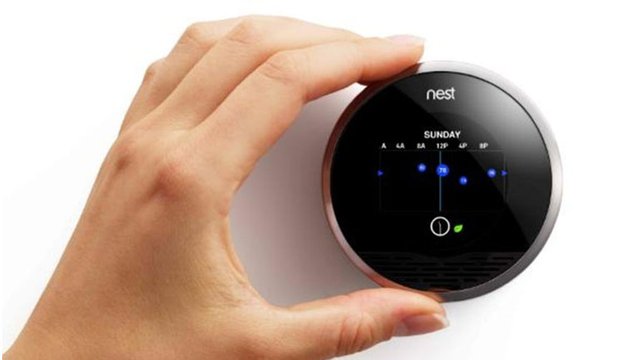
A strategic technology trend is one with substantial disruptive potential that is just beginning to break out of an emerging state into broader impact and use or which are rapidly growing trends with a high degree of volatility reaching tipping points over the next five years, according to Gartner.
1/10 Artificial Intelligence:--
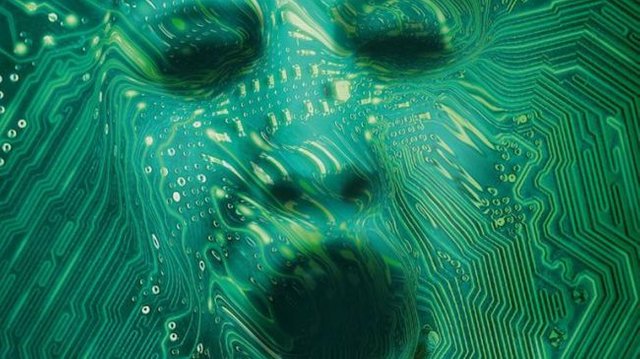
Artificial intelligence and advanced machine learning are composed of many technologies and techniques (e.g., deep learning, neural networks, natural-language processing [NLP]).
The more advanced techniques move beyond traditional rule-based algorithms to create systems that understand, learn, predict, adapt and potentially operate autonomously. This is what makes smart machines appear "intelligent."
2/10 Intelligent Apps:---

Intelligent apps such as VPAs perform some of the functions of a human assistant making everyday tasks easier (by prioritizing emails, for example), and its users more effective.
Over the next 10 years, virtually every app, application and service will incorporate some level of AI.
3/10 Intelligent Things:---
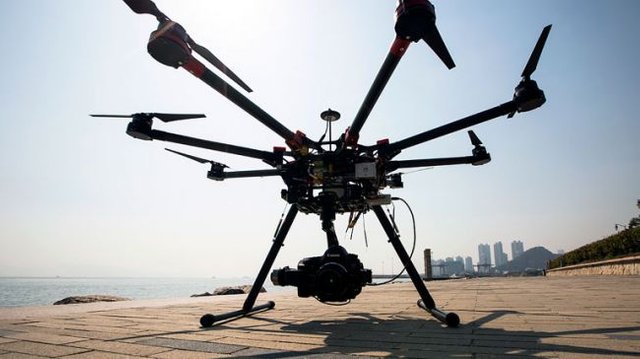
As intelligent things, such as drones, autonomous vehicles and smart appliances, permeate the environment, Gartner anticipates a shift from stand-alone intelligent things to a collaborative intelligent things model.
4/10 Augmented Reality:---

The landscape of immersive consumer and business content and applications will evolve dramatically through 2021, says Gartner. VR and AR capabilities will merge with the digital mesh to form a more seamless system of devices capable of orchestrating a flow of information that comes to the user as hyperpersonalized and relevant apps and services.
5/10 Digital Twin:--
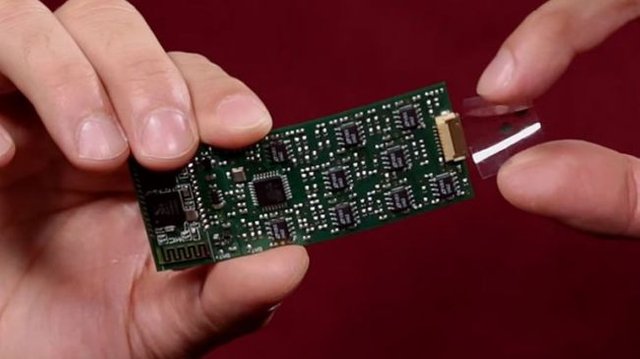
A digital twin is a dynamic software model of a physical thing or system that relies on sensor data to understand its state, respond to changes, improve operations and add value.
Within three to five years, hundreds of millions of things will be represented by digital twins.
6/10 Blockchain:---

Blockchain and distributed-ledger concepts are gaining traction because they hold the promise to transform industry operating models. While the current hype is around the financial services industry, there are many possible applications including music distribution, identity verification, title registry and supply chain.
7/10 Conversational Systems:--

The current focus for conversational interfaces is focused on chatbots and microphone-enabled devices (e.g., speakers, smartphones, tablets, PCs, automobiles).
However, the digital mesh encompasses an expanding set of endpoints people use to access applications and information, or interact with people, social communities, governments and businesses.
8/10 Mesh App:---

In the mesh app and service architecture, mobile apps, web apps, desktop apps and IoT apps link to a broad mesh of back-end services to create what users view as an "application."
The architecture encapsulates services and exposes APIs at multiple levels and across organizational boundaries balancing the demand for agility and scalability of services with composition and reuse of services.
9/10 Digital Technology Platforms:----
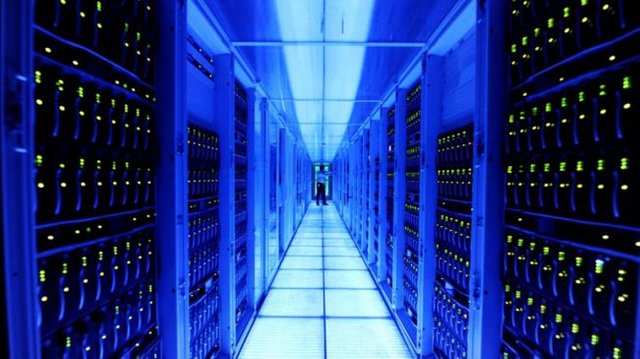
Digital technology platforms provide the basic building blocks for a digital business and are a critical enabler to become a digital business. Every organization will have some mix of these five digital technology platforms.
The platforms provide the basic building blocks for a digital business and are a critical enabler to become a digital business.
10/10 Adaptive Security Architecture:--
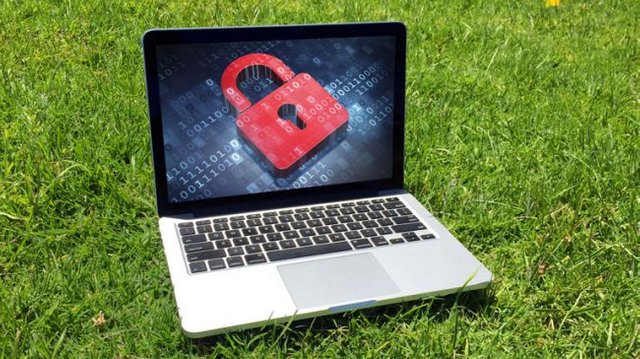
The intelligent digital mesh and related digital technology platforms and application architectures create an ever-more-complex world for security.
The IoT edge is a new frontier for many IT security professionals creating new vulnerability areas and often requiring new remediation tools and processes that must be factored into IoT platform efforts.
@eileenbeach has voted on behalf of @minnowpond.
If you would like to recieve upvotes from minnowponds team on all your posts, simply FOLLOW @minnowpond.